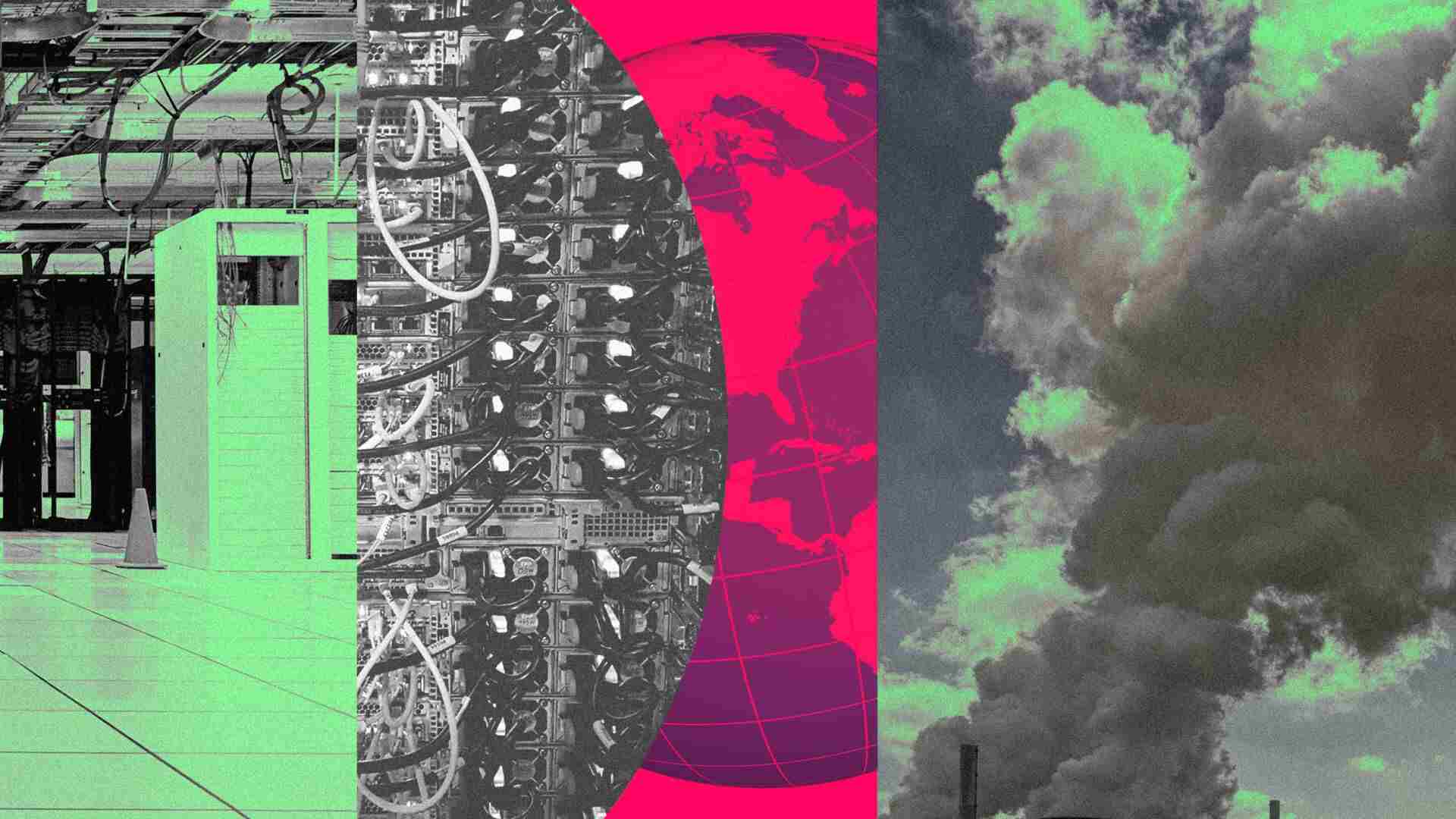- | 9:00 am
We’re sending way too many emails—and it’s hurting the planet
My email inbox is clogged up daily with large, unnecessary images and attachments—an impact of superfast broadband and cloud storage.

When I first paid for Google One’s storage upgrade in March 2019, I never imagined I’d actually hit the limit of that new tier. The upgrade increases the available storage across your Google account from 15GB to 100GB; at the time, my Gmail accounted for just 14.5GB.
The idea that I’d add tens more gigabytes of digital detritus to my Google account and would ever have to consider the next step up—a 200GB offer at around twice the monthly fee—seemed laughable.
Yet my inbox has in fact grown even more unmanageable (I have 390,921 unread emails at the time of this writing, many of which are poorly targeted PR spam), and sure enough, earlier this month an orange bar appeared atop my Gmail landing page warning me that I was approaching 90% data capacity.
Rather than reach for my wallet, I turned to Google’s own cleanup processes, which allow you to pinpoint the worst offenders. I found that while a WhatsApp backup to my Google Drive had taken up around 1% of my total storage, the blame lay almost solely with Gmail: With the exception of around 0.4GB of Google Drive usage, the entire storage allocation was taken up by emails.
I was drowning in thousands of emails that contained attachments of between 5 and 10 megabytes—figures that individually might not seem like much, but combined were adding up to gigabytes of wasted space.
Twenty years ago, when I got my Gmail account, the free gigabyte of storage that was included seemed astronomical. Indeed, after hitting my own limits on my computer hard drive at the time, I used my Gmail inbox as a prototypical cloud storage server, emailing myself files that I could download whenever I wanted.
Yet now I’d easily top out that limit with some 10,000 to 20,000 emails, something that would only take around a month and a half to reach, given that I received 103 emails in the first 12 hours of the day I wrote this story. Many of those emails contain exceedingly large files: One response to a PR callout for interviewees includes an 18MB picture of the person I interviewed. Others are small but unnecessary: A PR email received in April 2022 about a probiotic skin range, a subject I’ve never written about and likely never would, includes a 1MB image of the product and a 2.1MB press release in PDF format that I’d never opened until deciding to figure out what’s hiking my storage.
I am old enough to remember a time in computing when image compression was a serious consideration to save space, and hard-core users would compare the compression power of different ZIP formats (from .zip to .7z and .rar) in order to crunch down data. Now we send emails willy-nilly and expect the recipient to deal with the consequences.
And it’s getting worse. “If you look at the broader societal or philosophical context, we have become more and more disassociated with our material world,” says Gerry McGovern, author of the 2020 book World Wide Waste: How Digital Is Killing Our Planet—and What We Can Do About It.
The cause of this change is simple, McGovern says, explaining, “Data doesn’t have an existence in a material sense. It exists in an immaterial sense, in the cloud.”
Previous reporting has highlighted how a generation of college students brought up in a cloud-based world have no concept of how to best organize file storage system hierarchies, like using or accessing folders. And because of that, we don’t consider the impact that it has on energy use, water use, or material use. “When you become disassociated from your environment, you’re very likely to abuse your environment,” McGovern says.
Emissions can also be a concern. A small design company produced Thanks in Advance, a website that highlights the environmental impact of our wasteful email habits. Thanks in Advance determined that the world’s email inboxes consume enough energy to light all the light bulbs across the U.S. nonstop for 28 hours. That’s small in consideration to the big issue, but as my email problem shows, every little thing adds up.
“The storage requirements and traffic are definitely bigger than they should be, but the overall carbon emissions and energy are actually relatively tiny in the broader scope of things that ICT gets used for,” writes Mike Hazas, professor in human-machine interaction at Uppsala University in Sweden, via email. (Hazas was also involved in the Thanks in Advance work.)
Additionally, internet speeds factor into our nonchalance around email storage, reckons McGovern. The average U.S. web user can expect download speeds of around 250Mbps, according to Speedtest. That’s around twice the speed an average American would get in 2020, and nearly four times the speed in 2017. “Speed tends to be an accelerator of bad behaviors,” he says. “It triggers more instinctive, impulsive behaviors, rather than thoughtful behaviors.”
To be sure, the fact that I don’t delete emails as I go—reading all of them, given the volume I get, would be impossible—also contributes to the issue. But I’m at least trying to address it: In the few days since tackling the digital equivalent of landfill, I’ve managed to reduce the storage used by roughly 10GB. Now if only I could get PR reps to stop sending me emails with giant images and unnecessarily large attachments.






































